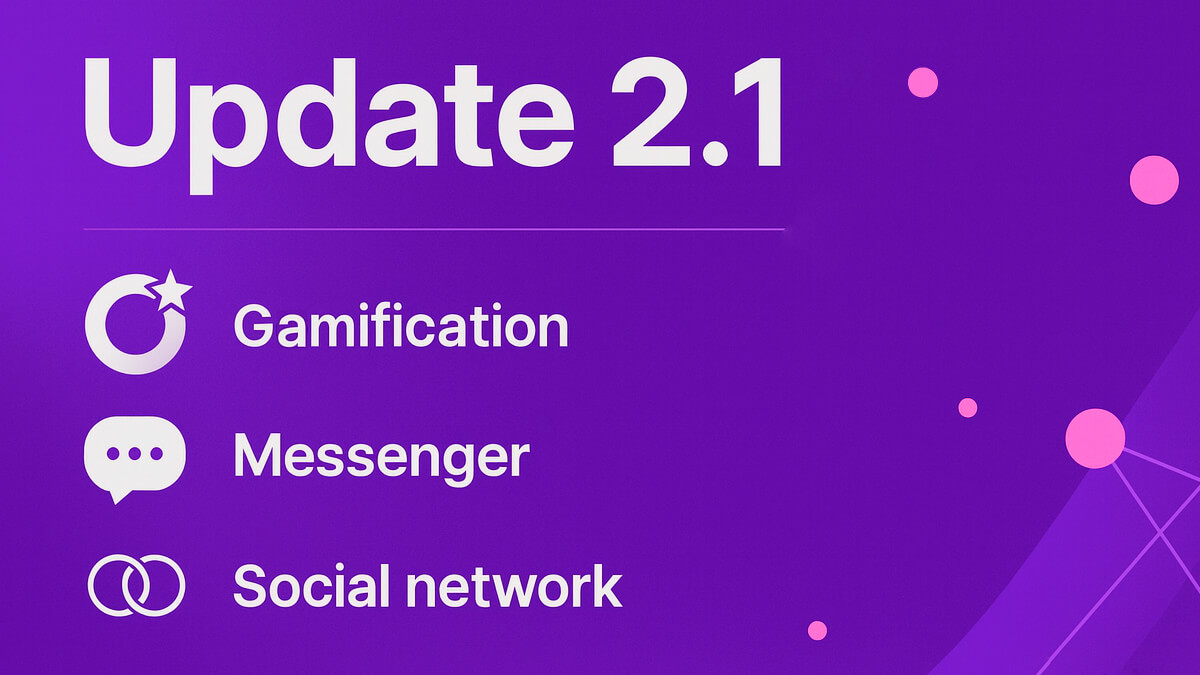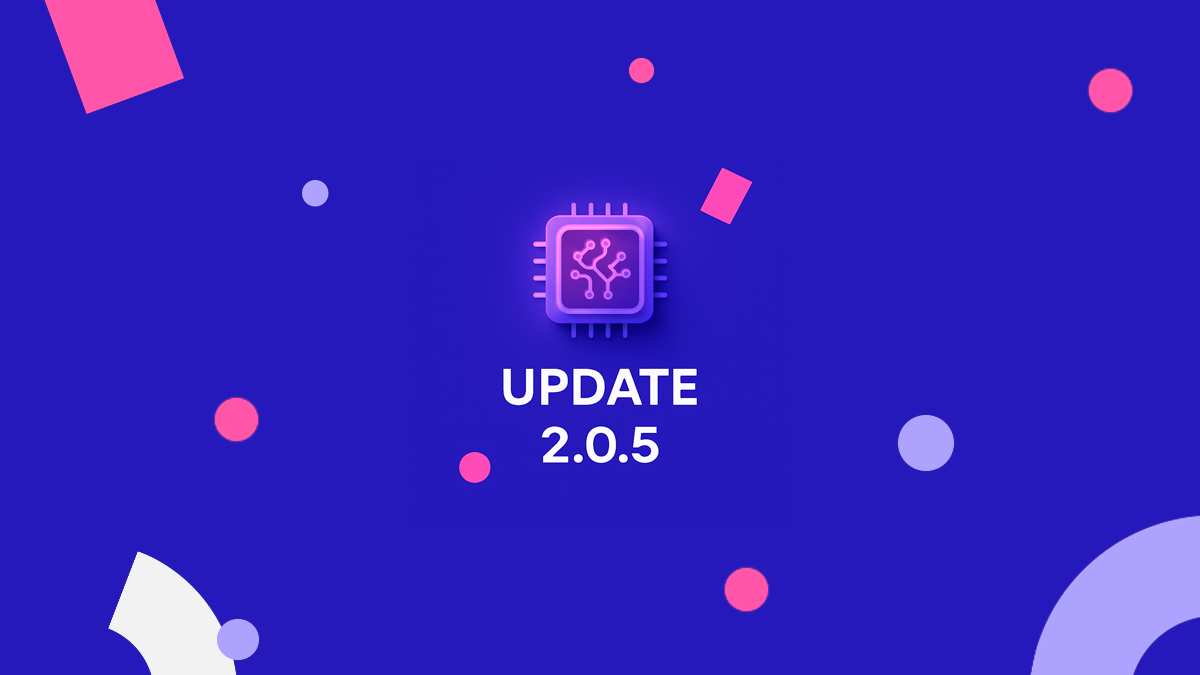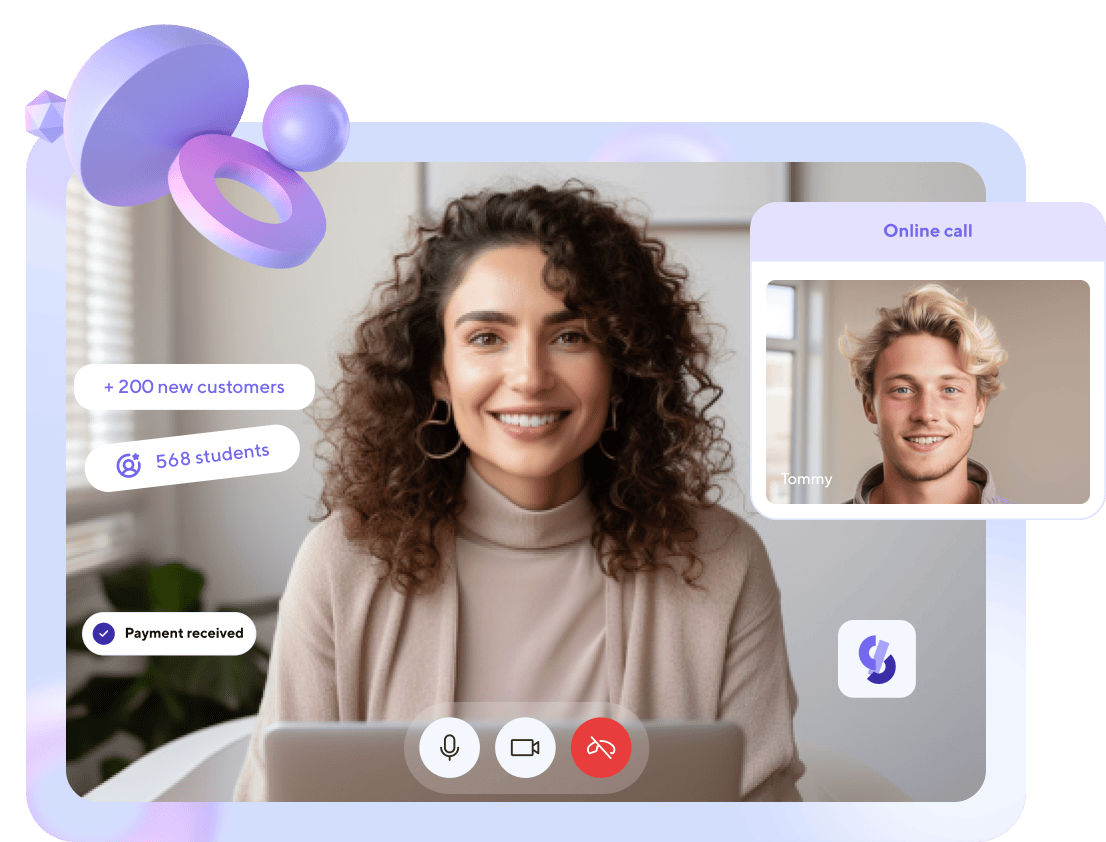- Main
- Без рубрики
- 6 trends in online education that are worthy of attention in 2024
6 trends in online education that are worthy of attention in 2024

Online learning continues to evolve steadily. Today, the potential of online education exceeds just listening to lectures online. In turn, the Internet has significantly expanded learning opportunities and made it accessible and popular. Experts are now working to develop more effective, efficient and convenient learning methods. Thanks to constant technological advances and changes in learning approaches, new trends are emerging that affect the way we learn and teach others. Here are six key online learning trends to watch for in 2024:
Interactive learning using artificial intelligence (AI)
Purpose: This is one of the important trends that is having a major impact on global and national education right now. AI systems help to analyze learning data and individual student needs, which allows for the creation of personalized learning plans and recommendations. They can also provide instant feedback and help identify weaknesses for further improvement.
Experts have been talking about this for several years. But last year, artificial intelligence finally became available to everyone, including educators, who began to actively experiment with it.
It is now clear that artificial intelligence really makes it easier to create exciting tasks for lessons, develop additional materials (manuals, presentations, tables, etc.), create tests to check knowledge, collect useful material on the topic, and, in general, simplify the life of every expert, teacher, etc.
In 2024, artificial intelligence will continue to conquer the world and actively develop. It will be present at every stage of the classroom: from creating an individually tailored lesson plan to assessing learning outcomes. Experts anticipate that more and more AI-based tools designed specifically for education will appear.
Flexibility and personalization of the learning process
Online learning allows students to study material at their own pace and at a time convenient for them. Platforms with flexible settings for learning material and an individual approach to each student are becoming increasingly popular. The usual format of education seems to be rapidly losing ground. Meanwhile, personalized learning is growing in popularity, and new educational models are being developed and old ones are being improved to ensure its effective implementation. For example, microschools, which usually consist of small groups of families working together on similar educational goals, are gaining popularity in the West.
No less interesting are independent learning (which, of course, works only if a person really wants to learn), democratic education (when children have an absolute choice about what they study, how and when they study, etc.
However, can they replace traditional education? Perhaps 2024 will help us understand this.
Augmented Reality (AR) and Virtual Reality (VR) in the educational process
With the help of AR and VR technologies, students get the opportunity to study subjects in depth, which was previously difficult or even impossible. Such interactive learning contributes to a better understanding of the material and stimulates interest in the subject.
Virtual and augmented reality technologies allow for deeper learning in an entertaining and simple way. AR and VR allow you to gain experience that students usually do not have access to.
5 facts in favor of immersive technologies:
- Visibility. In a virtual space, you can examine any process or object in detail without obstacles, which is much more interesting than looking at pictures in a textbook. For example, the Anatomyuo app allows you to study the body structure in the smallest detail, and Operation Apex will show you all the riches of the underwater world.
- Concentration. In a virtual environment, a person will not be distracted by external stimuli, which will allow them to fully focus on the material.
- Maximum engagement. Immersive technologies allow you to fully control and change the scenario of events. Anyone can witness historical events, conduct a physics or chemistry experiment with their own hands, or solve a problem in a playful and easy-to-understand way.
- Safety. With the help of VR and AR technologies, you can perform a complex operation, drive a sports car or even a space shuttle, conduct an experiment with hazardous chemicals, and not harm yourself or others.
- Results. Scientists at the University of Maryland conducted a study in which they asked two groups of people to memorize the location of certain images. During the experiment, one of the groups used virtual reality helmets, and the other one used ordinary computers. The group that studied the images with VR helmets showed a 10% higher result than the participants of the other group.
The latest technologies also play an important role in teaching children with physical, social or cognitive disabilities. After all, immersive technologies can help create an inclusive learning environment that takes into account the needs and capabilities of everyone. This can be one of the important steps in the democratization of knowledge.
Technology companies are actively working on the development of educational content. For example, Lenovo has developed a specialized virtual classroom that can be used to create a blended learning environment and make school life rich and interesting for both students and teachers. And in collaboration with Google, the company has created more than 700 virtual tours that can take everyone anywhere in the world: from the depths of the world’s oceans to the most famous museums in Europe.
Collaborative learning and collaboration
The online environment creates unique opportunities for collaboration and interaction between students. Through virtual projects, group assignments, and discussion forums, students can learn from each other and develop communication and collaboration skills.
HyFlex
The HyFlex model is a learning approach that uses elements of hybrid or blended learning in a flexible course structure. This allows students to choose how and when they attend classes. Among the main advantages of HyFlex are the following:
- The ability to choose. Learners can choose to participate in classes in the way that works best for them (online, offline, or asynchronously).
- Accessibility. Students have access to all technological resources, which ensures equal access to all modes of participation.
- Reusability. Materials and elements of learning activities in each format are fixed, so they can be reused in other formats.
- Equity. All participants in the educational process are expected to reflect, contribute to the development of ideas, and interact in the learning process.
Quality-assessed content and accessibility for all
In 2024, special attention is being paid to creating quality learning content that is accessible to a wide range of users, including people with disabilities and those who learn in different languages.
In addition, many seem to agree that focusing on theory alone in training is not an effective solution. It is equally important to provide practical knowledge through high-quality and accessible content that will definitely come in handy in the future. Therefore, education will increasingly focus on life skills, providing practical knowledge such as financial management, emotional intelligence, and overall effective management.
All of these trends show that online learning continues to evolve in different directions, offering more opportunities for effective and engaging learning. The realization of these ideas opens up new horizons for education and provides more accessible and convenient learning for everyone.
Articles are good, but social media posts are faster!
Subscribe to us and be the first to receive tips and tricks
on promoting your online school!


Earn money on your knowledge and experience with
Softbook!
to the platform for setting up your own school!





